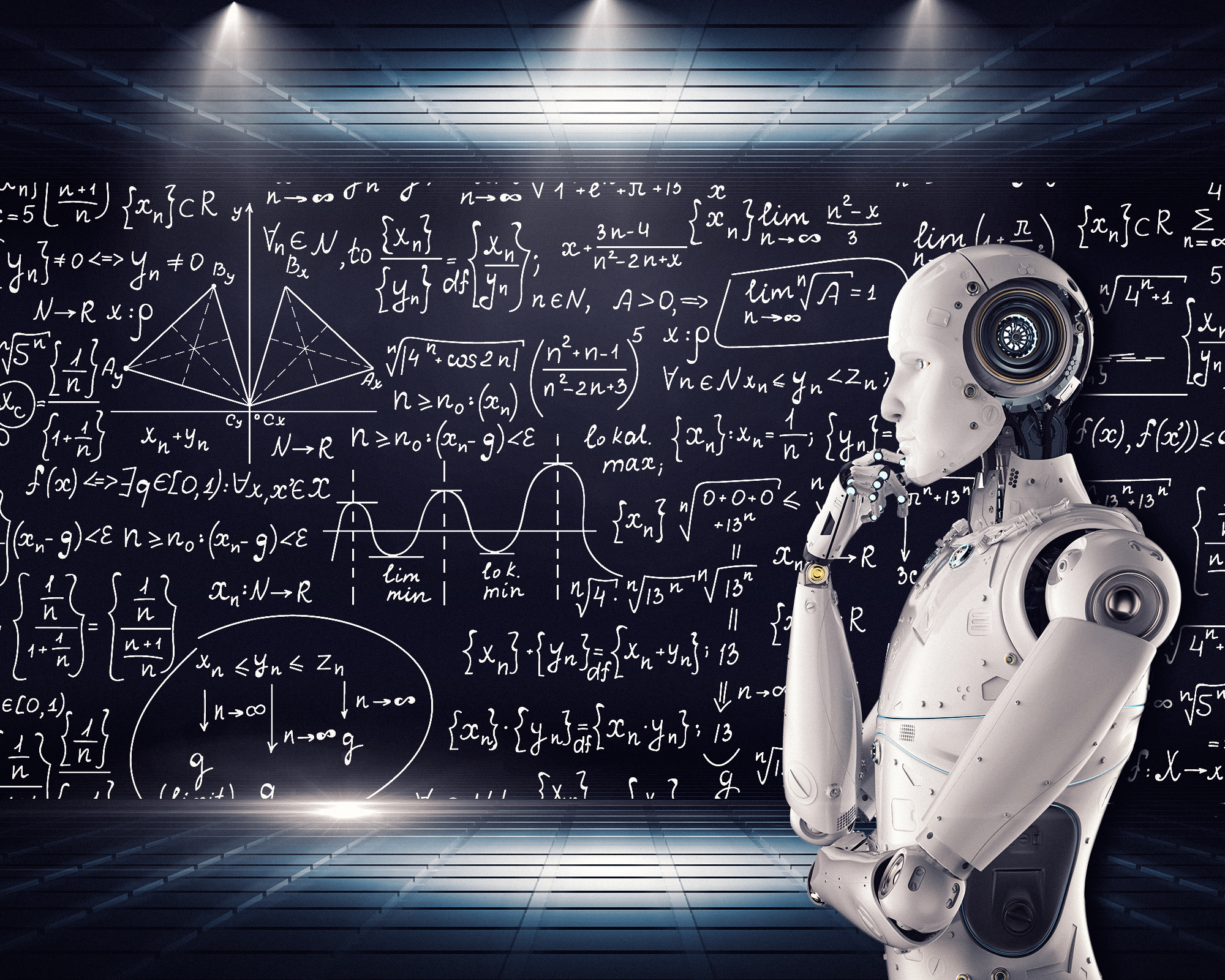The CJI DY Chandrachud opined, “New Technology cannot exist in vacuum. Technology should facilitate reliable use without causing trepidation among people about the possible breach of their personal liberty.”
In this context, over the last few decades, phenomenal advancements could be noticed in the use of AI. For instance, it is used in industries like manufacturing, healthcare, advertisement etc. While, it has also entered the fields of law as in the areas such as arbitration and it must be noticed that, some organisations like Arbilex, Arbitrator Research Tool, Arbitrator Intelligence or Lex Machina have started using the AI technology for arbitration purposes.
NITI Aayog – in it’s report “Designing the Future of Dispute Resolution (the ODR Policy Plan for India) 2021“ has specifically iterated that Online Dispute Resolution [ODR], in effect, can add a digital layer to ADR and make it more efficient. For instance, mandatory pre-litigation ODR cases involving e-commerce claims, small cause claims and cheque bouncing issues can be resolved before they the reach courts system. This is extremely critical for Indian judiciary, which has a burgeoning case-load.
The Indian Judicial system has also been incorporating various changes in the ODR framework. For instance, eCourt Mission Mode Project, e-Lok Adalat etc. Further, SC has recently made use of AI via SUVAS [Supreme Court Vidhik Anuvaad Software] which can translate orders, judicial documents, judgments from English into 9 vernacular languages.
However, there arises alot of concerns about the length of time and amount of money which is needed to resolve the conflicts that are becoming more prevalent today. It has been ascertained that AI has the ability to alleviate this issue by reducing the time and expenses associated with dispute resolution, helping to remove risks, and discouraging baseless claims, which will encourage parties to settle disputes quickly.
AI in Arbitration: A Game Changer?
There are several ways in which AI-enabled solutions may be employed in the arbitration process. The first and foremost is that there is no influence of unconscious and cognitive biases of the arbitrators while passing an arbitration award. While being time effective, there shall also be elimination of errors in order to maximize productivity. It is also ascertained that products and services powered by artificial intelligence might improve case management by flagging inefficiencies and automating administrative duties. The AI powered system may be trained to provide an expert opinion in accordance with the evidence presented during the arbitration hearing. While, the decisions made by the Arbitral Tribunal and those made by AI-enabled systems after assessing the same material are comparable. But, AI’s verdict will either agree with or disagree with the tribunal’s ruling. Therefore, the tribunal’s rationale will be strengthened, and the award will be made when all relevant considerations have been considered. Thus, the arbitrators’ inherent prejudices may be corrected or eliminated by considering AI’s verdict. Another use of AI in arbitration can be with respect to choosing the arbitrators by examining the track records of candidates in context to the nature of the case that has come up for arbitration. AI can also provide with requisite feedback loop and determine the case load impact for every newly elected legislation as well. While, eyebrows are still raised questioning the viability of appointment of machine arbitrators, many countries have started with the process of selective arbitration powered by AI. For instance, Dispute Resolution Expert Manager in Egypt is used to resolve construction disputes.
Pitfalls of AI in Arbitration:
Though, introduction of AI in arbitration is a novel concept but it is not free from vices. It is still a matter of concern that the removal of the party’s ability to choose the arbitrator is the most contentious aspect of the proposal and raises the possibility that the award shall not be recognized as per prevailing arbitration laws nationally and internationally. It is further contended that it is possible that a computerized system would not take into account the parties’ financial situations or other circumstances that would be taken into account by a human arbitrator as it lacks empathy, feelings or idea of justice and human judgment. More so, the initial expenditure and time spent on using AI in arbitration will be substantial due to the training required to adapt to the ever-changing nature of AI. AI based arbitration will also have an immediate effect on the unemployment rate since only a small number of people will be needed to maintain the AI system. AI will also be able to perform the tasks people do, leading to a decrease in the labor force. AI also relies only on the developer’s proprietary software and intellectual algorithms. Thus, only a limited few have access to these algorithms, which might determine the outcome of the case. It is easy to break into software that has been programmed, making confidential information of the parties at a risk of being hacked.
AI in Arbitration: The Future Lies Ahead
Opportunities for improvement with respect to challenges being faced by AI in arbitration can be ascertained as follows: with respect to threats of cyber attacks, there is a need to establish proper mechanism with respect to data storage and transmission. Provisions for the same in Data Protection Bill must be incorporated. While, so far as biases in the algorithms so deployed by AI is concerned, more data must be fed into the machine learning to reduce the biased algorithms. Nevertheless, at the initial stages, AI is still useful for the translation purposes, technical and analytical processing for fast and efficient data processing to reduce the volumes of documents along with choosing the arbitrators without any bias. It is therefore, sufficiently clear that AI in arbitration has a promising future. Howsoever, challenges for future of AI will lie in the use and adoption of AI by the actors in the arbitration field.
Therefore, with the rising popularity of out of the court settlements for legal disputes, it is the obligation of arbitral institutions, tribunals, and practitioners to embrace new methods of dispute resolution, especially where doing so would result in savings and increased productivity. Whether we like it or not, AI stands poised to shake up established procedures in the field of dispute resolution.
Thus, Artificial intelligence (AI) is the wave of the future. As has been rightly said by William Gibson, “The future has already arrived, it is just not evenly distributed as yet”.























